
The Snake-Witch or Snake-Charmer is a picture stone that dates to 400-600 AD found in Sweden, which depicts a figure holding a snake in each hand alongside a triskelion consisting of a boar, eagle, and a wolf. Foto: Flickr.
The relationship between humans and animals is a fundamental part of human existence and cosmological understanding. All life forms share a sacred connection, each with its own unique consciousness, power, and agency. How we honor this bond is revealed in the ways we treat and relate to animals.
In totemism, animals are perceived as archetypal beings that reflect aspects of human identity and community. They represent qualities or forces that can be integrated through ritual, meditation, or initiatory practices to deepen one’s understanding of self and cosmos. While not all totems are animals, they are the most common totemic beings due to their perceived agency and relational closeness to humans.
Totemism emerged within early animistic traditions, in which humans viewed the natural world as alive, conscious, and sacred. Through careful observation of animal behavior, our ancestors came to revere animals as spiritual allies, guides, and kin. Over time, they formalized and ritualized these sacred bonds by assigning specific animals as symbols of clans, lineages, or individual identities.
Totemic practices and beliefs have been documented in cultures across the world, including among Indigenous peoples of the Americas, Aboriginal Australians, Siberian and Inner Asian shamanic groups, African societies, Oceania, and parts of ancient Europe. As such, totemic animals have long served as:
- Protectors and spirit guardians: Among Bantu-speaking peoples in Africa, totems protect communal identity and continuity. Siberian and Mongolian shamans invoke wild animals and birds as guardians in ritual journeys. The Ainu of Japan treat the bear as a mountain god and protector, while Native American Plains tribes regard the buffalo as both provider and spiritual protector.
- Mythical ancestors and cultural progenitors: Many cultures see animals as their first ancestors or creators. Turkic and Mongolic peoples trace their origins to wolves. The Haida and Inuit honor Raven as a creator. In Korea, the bear is the divine mother Ungnyeo, while in Polynesia, sharks and turtles are revered as ancestral guides and family gods.
- Symbols of power, identity, and initiation: Totemic animals often symbolize power, status, and initiation. For many Indo-Europeans, including Germanic tribes and the ancient Dacians, the wolf was a symbol of martial prowess and military initiation. For various Naga tribes of India, tigers are emblems of bravery and status. Some Celtic clans revered the boar as a symbol of ferocity in battle.
Even in modern contexts, totemic symbols continue to express collective identities and aspirations. National emblems, noble crests, and military insignia often depict animals to symbolize courage, wisdom, or resilience. In spiritual practice, people incorporate animal totems into ritual objects, jewellery, or tattoos, as adorning expressions of spiritual kinship and identity.
The persistence of totemic motifs in myths, legends, symbols, and spiritual practices is a reflection of the sacred continuum. While transcendent divinities may dwell in distant heavens, animals and the spirits of nature remain close to us, present in our daily lives. They are accessible and immediate, reminding us that the sacred is not necessarily above or beyond but here among us, in the lives of all creatures who walk, fly, swim, and crawl upon the earth.
This view reminds us that, to understand ourselves fully, we must honour and listen to the animals who have always been our kin, guides, and companions in this great and mysterious cosmos.
Totemism in Traditional Witchcraft

Statue of Hermanubis, Vatican Museum: A syncretic deity merging the Egyptian Anubis with the Greek Hermes (Roman Mercury), Hermanubis appears as a jackal, wolf, or a man with a canine head. As a psychopomp, he guided souls to the Underworld and later became an important alchemical and hermetic figure in the Middle Ages and Renaissance. Photo by @crowhag
Totemism provides a fundamental cosmological and relational framework that grounds many traditional witchcraft practices. Witchcraft, like totemism, is rooted in an animistic worldview where all life is interconnected, where animals retain their sacred status in understanding, working with, and transforming both the seen and unseen worlds. In practice, this means recognizing animals as kin, integrating their archetypal powers into personal and communal identity, and cultivating direct relationships with animal spirits for guidance, protection, and magical efficacy.
Familiar Spirits
Familiar spirits are conceptually distinct from totems, though related in their role as spiritual allies and animistic roots. Whereas a totem is an often inherited archetypal symbol, a familiar spirit is an entity that assists the practitioner with witchcraft and magical rituals, often in animal form.
In European witchcraft and folk magic traditions, familiars may be invited through ritual and invocation, they may appear as a result of ritual work, or they may be granted by a deity or demon for ritual work. Similarly, in shamanic traditions, spirit animals often reveal themselves during journeys to the Otherworld, either summoned or unbidden. Both phenomena reflect the same animistic model in which connection with spiritual allies can happen through ritualization or altered states of consciousness.
In European folklore, spiritus familiaris is referred to as a devilish imp, bottled in a jar or a clay pot. It brings good luck, wealth, and success in nearly all endeavors, magical or otherwise. Similarly, in Romanian folklore, the spiriduș is a small, often mischievous spirit or imp that functions as a familiar spirit, who can also take animal forms.
The concept of devilish imps and familiar spirits became particularly prominent in the witch trials of Early Modern Europe, where familiars were depicted as spiritual helpers under diabolical or supernatural influence. Medieval folklore is also full of accounts of familiars bound by pacts of service, acting as spies, messengers, and agents of magical influence on behalf of their masters. However, the idea of animal helpers or spiritual assistants predates European witchcraft.
For instance, the Romanian Historian of Religions Mircea Eliade, in his seminal work Shamanism: Archaic Techniques of Ecstasy, describes how the Goldi (Nanai) of Siberia distinguish between the ayami, a tutelary spirit that chooses the shaman, and the syven, helping spirits granted by the ayami to aid the shaman in their tasks. The ayami functions as a totemic guardian of identity and vocation, while the syven serve as familiars with specific roles in ritual practice.
It is not a universal rule that the familiar spirit is subordinate to a totem. Cultural traditions vary in their classifications and hierarchies of spiritual beings. Nonetheless, the common understanding in magical and shamanic traditions is that familiar spirits serve as guides, helpers, protectors, and intermediaries within the practitioner’s spiritual ecosystem.
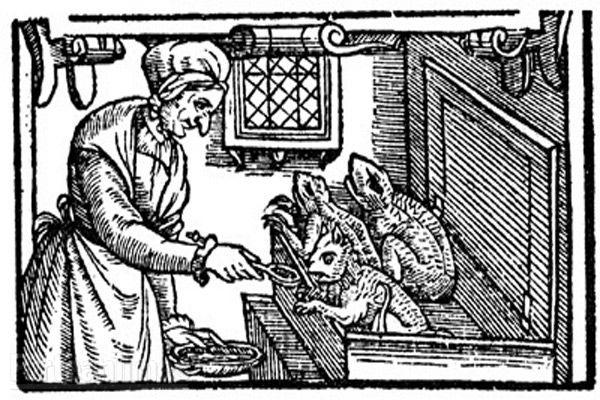
The Witch and Her Familiars, 1579 pamphlet: From the Windsor witch trials, depicting accused women said to keep spirits in the form of toads, cats, and rats that fed on their blood as servants and companions.
Familiar spirits can appear in both physical and non-physical forms. Physical familiars refer especially to domestic animals, such as cats, dogs, birds, or toads, due to their role in the household. Non-physical familiars, on the other hand, are spirits or entities that are invisible or only perceptible during altered states such as dreams, trance, or visions. These might take on different zoomorphic forms as they move between physical and spiritual worlds.
Familiars are often conflated with household spirits, such as the Slavic domovoi, the Scottish brownies, or the Germanic kobolds, who protect the home, assist with chores, and watch over the family. However, what distinguishes the two categories is their role in magical practice. While there are rituals dedicated to honoring household spirits, and they are believed to communicate through dreams sometimes, they don’t commonly assist witches and magic practitioners.
Spirit Animals
Unlike familiar spirits, spirit animals are transient spirits within animistic and shamanic traditions. They appear to guide, protect, or empower the shaman during rites of passage, journeys to the Otherworld, vision quests, or ritual invocation.
In some Eurasian shamanic myths and rituals, the shaman undergoes a symbolic dismemberment or death, where their body or soul is broken apart. This breaking down is a transformative and necessary journey of death and rebirth, through which the shaman is initiated into the spirit world.
Spirit animals often help the shaman’s fragmented soul pieces reunite or guide the shaman through the dismembered state, while protecting and supporting them until they are whole again, with new spiritual power, knowledge, and ability to heal others.
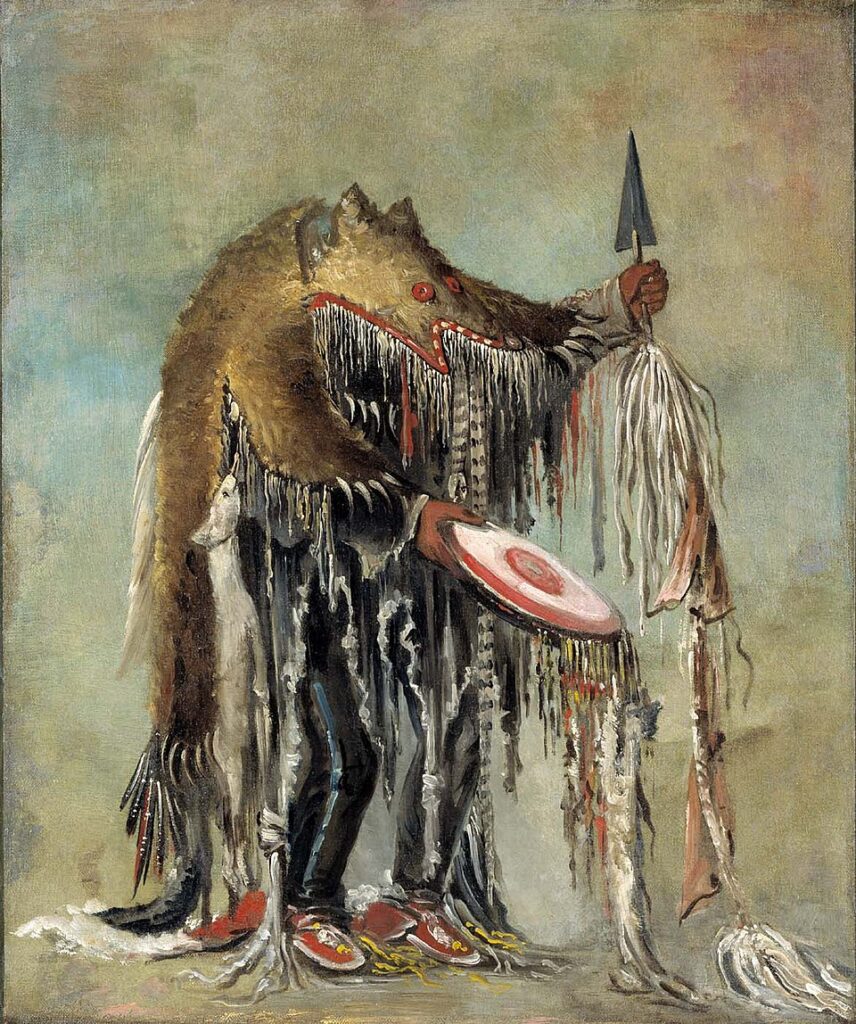
George Catlin’s “Medicine Man, Performing His Mysteries over a Dying Man (Blackfoot/Siksika)”
Symbolism and Meanings
The concept of familiar spirits in European witchcraft has roots in prehistoric animistic and shamanic beliefs. Some esoteric traditions also built on this foundation, with Agrippa’s De Occulta Philosophia being an early example of esoteric literature that explores the magic of the natural world. Today, animal archetypes continue to be an integral part of religious and cultural systems, including traditional naming and healing practices, folk calendars, and zodiacs. Many are embedded in collective consciousness through inherited cultural symbolism, and their appearance in dreams, visions, or striking real-life encounters often inspires magical meaning for those on their spiritual journeys.
While some choose animal allies based on personal resonance or specific spiritual needs, it’s important to keep the practice grounded and cultivate a sacred relationship with the natural world, where real animals need care and protection. The spiritual relationship with animal beings is not isolated from ecological realities. When animals face environmental threats or decline, these events reverberate through cultural and spiritual spheres, revealing to us the imbalances in human-nature relations. As such, our relationship with animal spirits operates on multiple levels: personal identity, cultural symbolism, spiritual practice, and ecological responsibility. On an individual level, if a specific animal calls to you, it is an invitation to ask yourself: What can you learn from this animal, from this moment, from its natural behaviour and symbolism across cultures?

www.NettlesGarden.com – The Old Craft


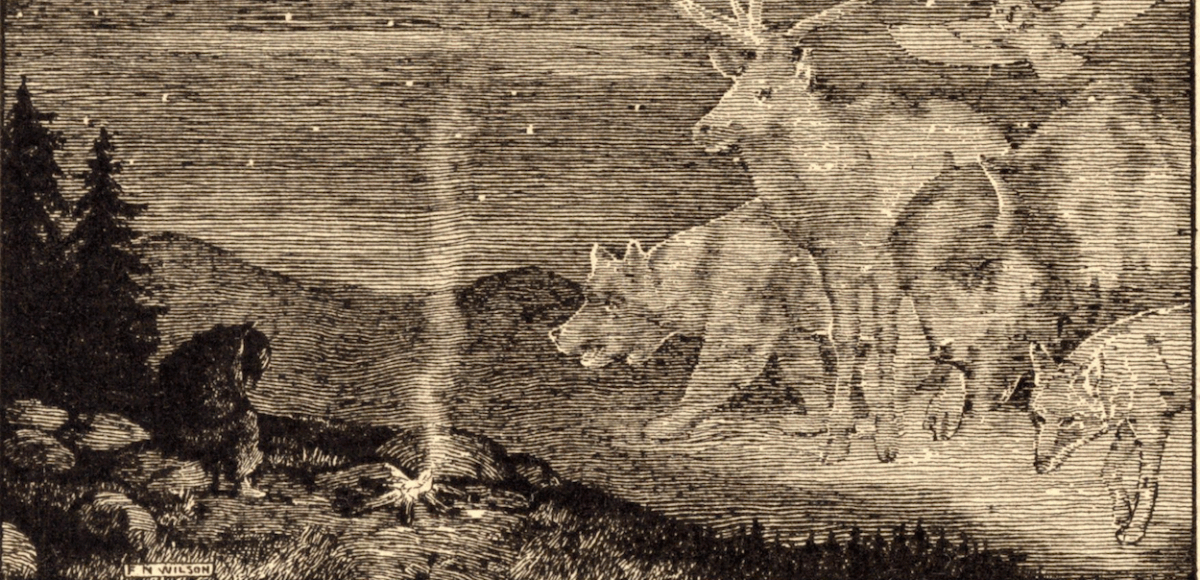
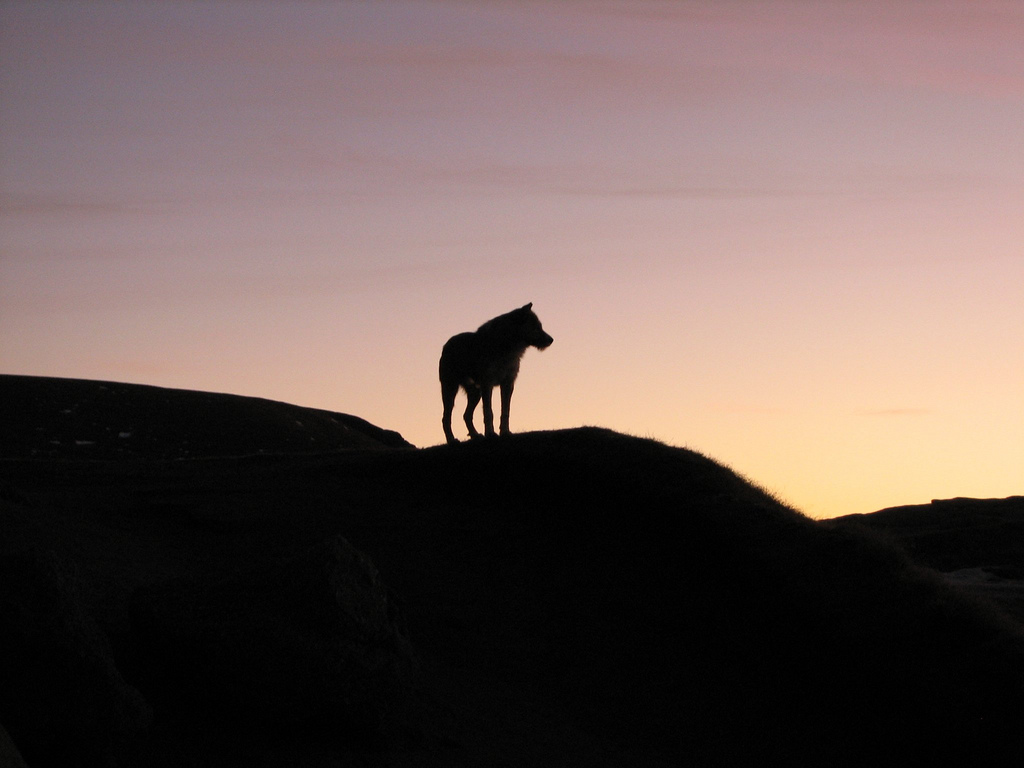

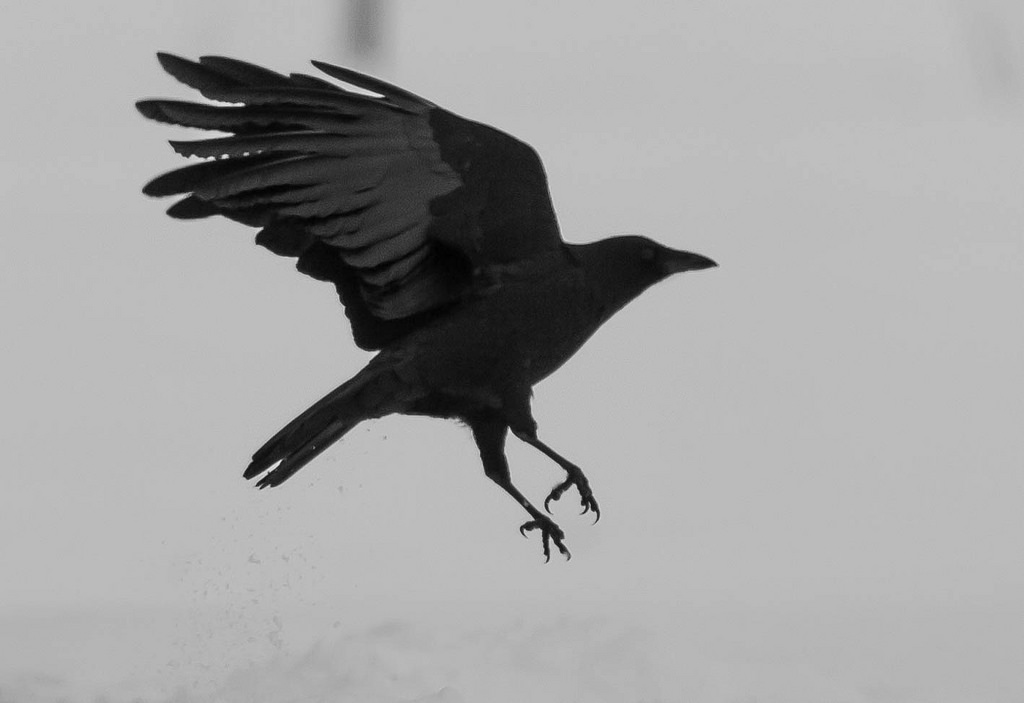

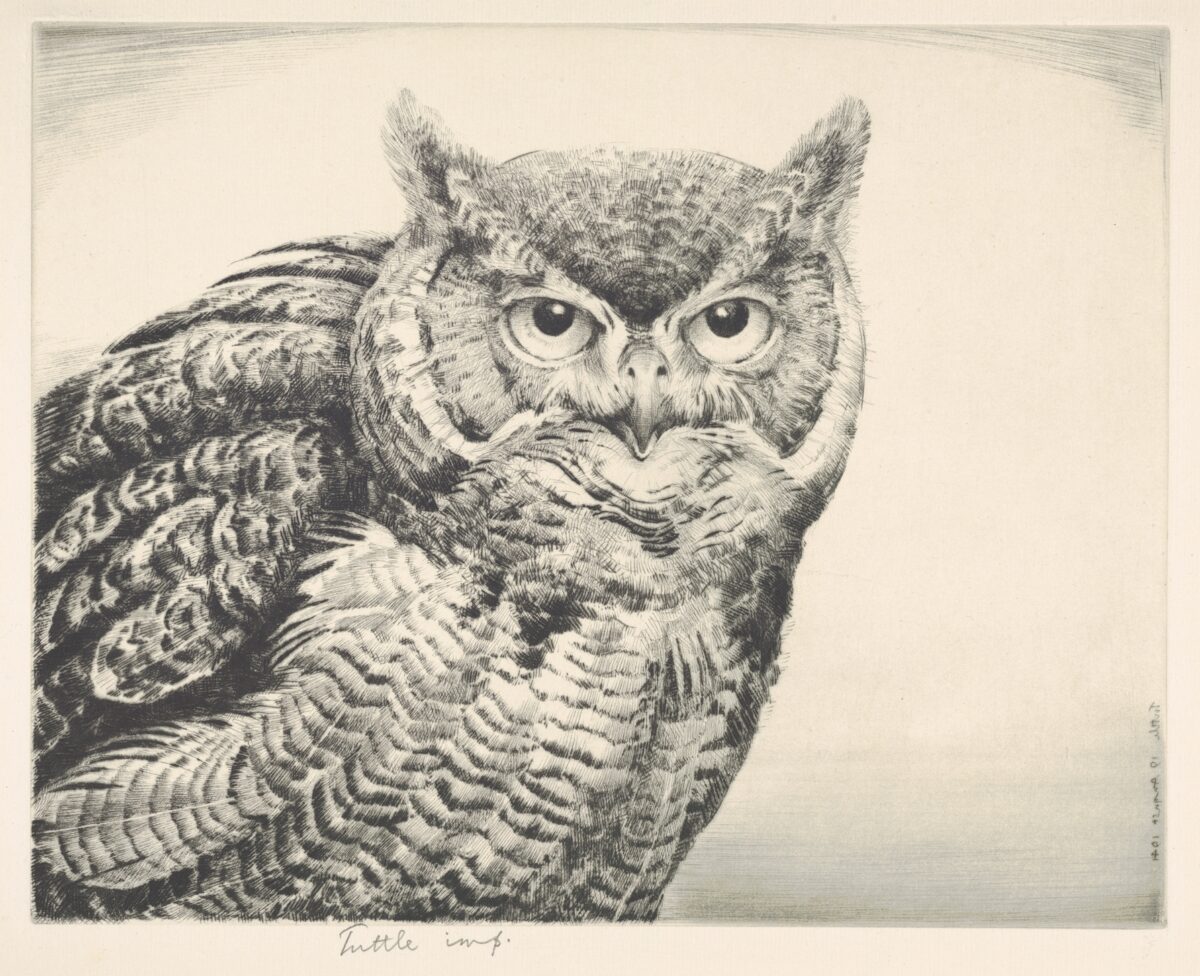
Kim | July 7, 2019
|
I have been enjoying your website very much.
The hawk has been with me most of my life. The fix cane a couple years ago, but the raven and the wolf came in a vision a couple weeks ago. The vision went like this:
A Corvus flew to me from the left and alighted upon my head. Immediately, a hawk flew to me from the same direction and alighted on my right shoulder. The fix also came from the left and curled up in my lap. Then I looked up and saw the eyes of a beautiful wolf intently gazing at me. When he can toward my, the birds flew to a low branch to my right and looked on. The wolf licked my right cheek. I felt protected.
I am just beginning to work with my animals.
Cooper | October 21, 2019
|
I’ve never understood totem animals or power animals, but I did understand familiars. Growing up I thought I was being haunted by snakes and attacked by them. But I realized our energy was also connected very strongly. The last dream I had of a snake that I could remember was that I actually faced this snake and spoke with it instead of running away. Even though in the physical world I am deathly afraid of snakes, I believe they were revealing themselves as my animal guide.
I just started to work with power animals however, and learning to invoke the spirit of the animal I need at the time. The ones that reveal themselves. I was watching a video of tarot reader and as she was speaking, I went into a trance and saw glowing blue or gray eyes in the tea lights decoration she had in her video.
M Urban | February 3, 2020
|
It is not totem, it is dodem/doodem. Just like it is not teepee, it is tipi.
Corvin | October 30, 2021
|
Hey I don’t know if I have one yet or aquire one I. My dream ,but I need to find a totem of any kind it is important for what comes next
Corvin | October 30, 2021
|
Hey I don’t know if I have one yet or aquire one I. My dream ,but I need to find a totem of any kind it is important for what comes next
Liz | August 2, 2022
|
I think mine might be a pigeon… I thought goat at first but the more I meditate on it the more I’m drawn to pigeons.